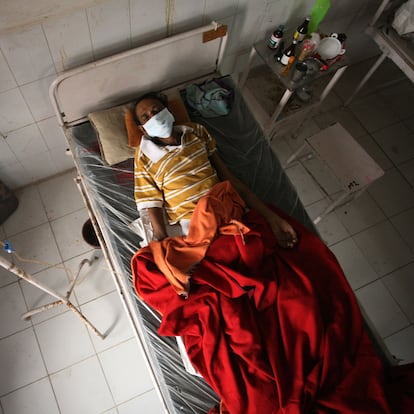
La tuberculosis vuelve a ser la enfermedad infecciosa que más muertes causa en el mundo (aunque de forma muy desigual)
La tuberculosis volvió a ser en 2023 la enfermedad infecciosa que más muertes ha causado en el mundo, aunque ha registrado un leve descenso de los fallecidos respecto al año anterior.
- En 2023, la OMS calcula que 1,25 millones de personas perdieron la vida por esta enfermedad (más de 3.400 al día), frente al 1,32 millones de 2022 y el 1,42 millones de 2021 (en estos años, la covid provocó más fallecidos).
- De todas las muertes, el 12,88% se producen entre personas con VIH.
Los objetivos siguen estando muy lejos:
- Entre 2015 y 2023, la reducción neta de la tasa de incidencia fue del 8,3%, muy por debajo del 50% que la Organización Mundial de la Salud (OMS) contemplaba para 2025.
- Y la reducción de la mortalidad ha sido del 23% frente al pronosticado 75%.
¿Qué es la tuberculosis? Es la pandemia más antigua que aflige a la humanidad y que más muertes ha provocado. El Fondo Mundial para el VIH, la malaria y la tuberculosis la denomina “la pandemia de los pobres”, porque prospera en los campos de refugiados.
Por eso afecta de forma desigual. Tan solo cinco países del mundo han concentrado el 56% de los casos de esta enfermedad en 2023: India (26%), Indonesia (10%), China (6,8%), Filipinas (6,8%) y Pakistán (6,3%).
© Foto: NurPhoto (Getty Images)
Si quieres saber más, puedes leer aquí.